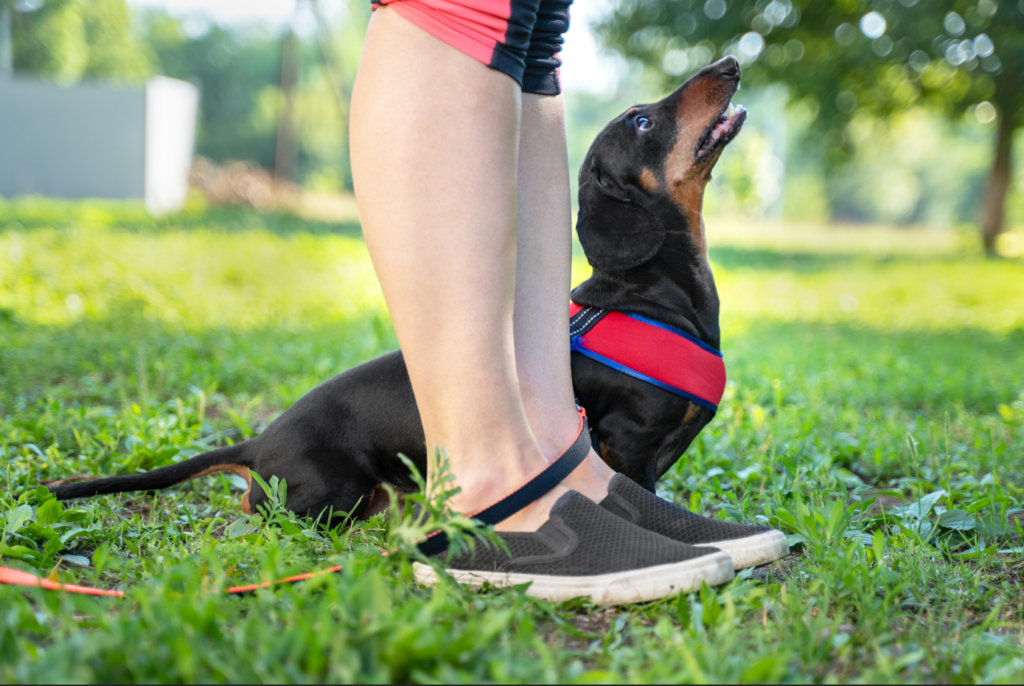
Have you ever tried to train a stubborn Dachshund? These charming little sausage dogs come with big personalities that can make training both entertaining and challenging. Here’s your comprehensive guide to successfully training your Dachshund, backed by proven strategies that actually work.
The Foundation: Start Early and Smart
Early Training is Key
The critical window for training your Dachshund is between 8 to 12 weeks of age. During this period, puppies are most receptive to learning new commands and developing socialization skills. This early start sets the foundation for a well-behaved adult dog.
The Power of Positive Reinforcement
Dachshunds respond exceptionally well to reward-based training methods. Here’s why it works:
- Creates a positive learning environment
- Strengthens the bond between you and your dog
- Makes training sessions enjoyable for both of you
- Encourages your Dachshund to repeat desired behaviors
Effective Training Techniques
Keep Sessions Short and Sweet
Dachshunds have relatively short attention spans, so structure your training appropriately:
- Limit sessions to 5-10 minutes
- Schedule multiple sessions throughout the day
- Always end on a positive note
- Maintain consistency in commands and expectations
Essential Commands Every Dachshund Should Know
- Sit Command
- Hold a treat above their nose
- Move it back over their head
- They’ll naturally lower into sitting position
- Reward immediately when they sit
- Down Command
- Start from the sit position
- Guide them into a lying position with a treat
- If they resist, return to sit and try again later
- Practice patience – this can be challenging for Dachshunds
- Come Command
- Begin with a long leash for safety
- Use an enthusiastic, cheerful tone
- Make it fun with toys or high-value treats
- Practice in progressively more distracting environments
- Stay Command
- Start with your dog in sit or down position
- Step back while holding up your hand
- Begin with short durations
- Gradually increase distance and time
- Heel Command
- Start by standing still until they calm down
- Reward them for walking beside you
- Use a harness instead of a collar
- Practice in low-distraction areas first

Managing Common Behavioral Challenges
Jumping Control
- Teach alternative behaviors like sitting when greeting people
- Reward calm greetings
- Be consistent with all family members
- Don’t reinforce jumping with attention
Barking Management
- Identify specific triggers
- Work on gradual desensitization
- Reward quiet behavior
- Use positive reinforcement consistently
Addressing Separation Anxiety
- Start with short absences
- Gradually increase time alone
- Provide engaging toys and puzzles
- Create a comfortable safe space
Creating the Optimal Training Environment
Setting Up for Success
- Choose quiet, distraction-free areas for initial training
- Use appropriate training tools:
- Harness for walks (protects their long backs)
- Long leash for recall training
- Interactive toys for mental stimulation
- High-value treats for motivation
The Importance of Socialization
Expose your Dachshund to various:
- People of different ages and appearances
- Other animals and dogs
- Different environments and surfaces
- Various sounds and situations
- New experiences in a controlled, positive way
Special Considerations for Dachshunds
Physical Considerations
- Use harnesses instead of collars to protect their necks
- Be mindful of their long backs during training exercises
- Keep jumping activities to a minimum
- Ensure training activities are appropriate for their body type
Mental Stimulation
- Incorporate puzzle toys into training
- Use their natural hunting instincts in games
- Vary training activities to maintain interest
- Include scent work in training sessions

The Path to Success
Consistency is Key
- Establish a regular training routine
- Use the same commands consistently
- Ensure all family members follow the same rules
- Maintain training practices even after mastery
Progress at Their Pace
- Don’t rush training milestones
- Celebrate small victories
- Be patient with stubborn behavior
- Adjust training methods as needed
Conclusion
Training a Dachshund requires dedication, patience, and understanding of their unique characteristics. While they can be stubborn, their intelligence and eagerness to please (when properly motivated) make them capable of becoming well-trained companions. Remember to keep training sessions positive, short, and consistent, and you’ll be rewarded with a well-behaved, happy Dachshund who’s a joy to have as part of your family.
Remember, every Dachshund is unique, so be prepared to adapt these training techniques to suit your dog’s personality and learning style. With patience and persistence, you’ll develop a strong bond with your Dachshund while creating a well-mannered pet who understands and follows your commands.
Recent Posts
Calculate the perfect food portions for your dachshund with our specialized calculator. Get customized feeding recommendations based on size, age, and activity level to support your wiener dog's back...
Looking for the perfect gift for a proud dachshund mom? We’ve rounded up the cutest dachshund shirts that celebrate your love for wiener dogs in style. Whether you’re shopping for yourself or a...

